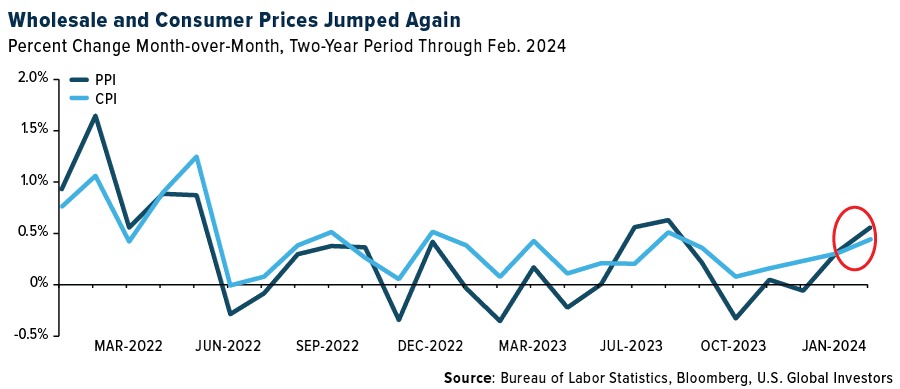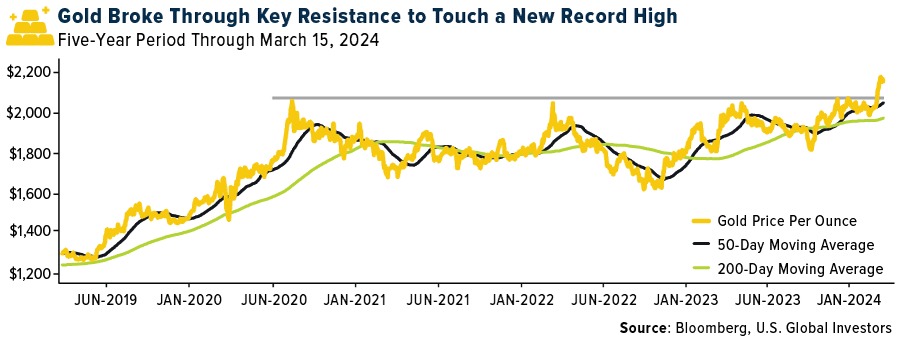Homeownership is the quintessential American dream, but it’s become increasingly elusive for many households. A multitude of factors, including soaring home prices, elevated interest rates and persistent inflation, has created the perfect storm, making homeownership a distant reality for more U.S. residents.
It’s impossible to overexaggerate the benefits to owning one’s home. In 2022, primary residences accounted for more than a quarter of all assets held by U.S. households, underscoring just how important homeownership is in building long-term wealth.
But according to analysis conducted by Redfin, a mere 16% of homes for sale in 2023 were considered affordable for the typical U.S. household, the lowest share on record. This stark figure represents a decline from 21% in 2022 and a significant drop from over 40% before the pandemic-fueled homebuying frenzy.

While the vast majority of renters (81%) aspire to own a home in the future, a staggering 61% are plagued by concerns that they may never realize this dream, according to a new survey conducted this month by the Harris Poll. This sentiment is particularly pronounced among renters, with 57% expressing the belief that the American Dream of homeownership is effectively “dead,” compared to 43% of those who already own a home.
High Mortgage Rates Exacerbating The Supply Crunch
The affordability crisis can be attributed to a multitude of factors, chief among them being the persistent rise in mortgage rates. Despite recent declines from their October peak, rates remain significantly higher than they were in 2022, resulting in a typical homebuyer’s monthly payment being approximately $250 more than a year ago, Redfin estimates.

Moreover, elevated mortgage rates have inadvertently exacerbated the supply crunch, as many homeowners are opting to stay put rather than risk losing their ultra-low rates. This reluctance to sell has bolstered prices as buyers now compete for a limited pool of available properties.
While some relief may be on the horizon, the path ahead remains uncertain. The Federal Reserve’s recent decision to hold off on rate changes, coupled with the potential for future cuts, has introduced a degree of volatility into the market.
A Rate Cut In June?
Compounding the challenge is the unexpected surge in wholesale prices in the U.S., as evidenced by the producer price index (PPI). Prices for manufacturers rose 0.6% month-over-month in February, ahead of expectations, while the consumer price index (CPI) also ticked up from January. This poses fresh obstacles for economic and monetary policy, potentially delaying anticipated rate cuts as the central bank prioritizes curbing inflation over stimulating growth.

Some international financial firms, including UBS and RBC, still anticipate the Fed to start cutting rates as early as its June meeting, with the Bank of Canada, European Central Bank (ECB) and Bank of England potentially following suit in subsequent months.
But don’t expect rates to drop to near-zero anytime soon. Former Fed Chair and current Treasury Secretary Janet Yellen has cautioned that it’s “unlikely” that market interest rates will revert to pre-pandemic levels, aligning with projections from the White House and private sector forecasts.
Gold’s Record-Breaking Rally
Against this backdrop, gold has performed very well, touching a new record high of $2,195 per ounce. Fueled by growing investor confidence in a potential rate cut and a weakening U.S. dollar, the yellow metal has surpassed key resistance levels, exhibiting bullish momentum.

As I’ve written many times, global central bank demand for gold has shown no signs of abating, while a potential rebound in demand from gold-related exchange-traded funds (ETFs) could provide additional support for the precious metal.
While the U.S. stock market’s solid performance and interest rates above 5% may raise questions about the allure of non-interest-bearing gold, the potential for a reversion in these assets could partially explain the metal’s record and near-record-high prices. Historically, wars have been catalysts for gold price appreciation, and the current geopolitical landscape appears to be no exception.
As investors grapple with the challenges of the current economic landscape, the precious metal’s resilience and potential for further gains may offer a glimmer of hope.
—
Originally Posted March 18, 2024 – Gold Shines As Homebuying Affordability Hits A Record Low
Past performance does not guarantee future results. All opinions expressed and data provided are subject to change without notice. Some of these opinions may not be appropriate to every investor. By clicking the link(s) above, you will be directed to a third-party website(s). U.S. Global Investors does not endorse all information supplied by this/these website(s) and is not responsible for its/their content.
The Producer Price Index (PPI) is a family of indexes that measures the average change over time in selling prices received by domestic producers of goods and services. The Consumer Price Index (CPI) is one of the most widely recognized price measures for tracking the price of a market basket of goods and services purchased by individuals. The weights of components are based on consumer spending patterns.
Disclosure: US Global Investors
All opinions expressed and data provided are subject to change without notice. Holdings may change daily.
Some of these opinions may not be appropriate to every investor. By clicking the link(s) above, you will be directed to a third-party website(s). U.S. Global Investors does not endorse all information supplied by this/these website(s) and is not responsible for its/their content.
About U.S. Global Investors, Inc. – U.S. Global Investors, Inc. is an investment adviser registered with the Securities and Exchange Commission (“SEC”). This does not mean that we are sponsored, recommended, or approved by the SEC, or that our abilities or qualifications in any respect have been passed upon by the SEC or any officer of the SEC.
This commentary should not be considered a solicitation or offering of any investment product.
Certain materials in this commentary may contain dated information. The information provided was current at the time of publication.
Some links above may be directed to third-party websites. U.S. Global Investors does not endorse all information supplied by these websites and is not responsible for their content.
Please consider carefully a fund’s investment objectives, risks, charges and expenses. For this and other important information, obtain a fund prospectus by clicking here or by calling 1-800-US-FUNDS (1-800-873-8637). Read it carefully before investing. Foreside Fund Services, LLC, Distributor. U.S. Global Investors is the investment adviser.
Disclosure: Interactive Brokers
Information posted on IBKR Campus that is provided by third-parties does NOT constitute a recommendation that you should contract for the services of that third party. Third-party participants who contribute to IBKR Campus are independent of Interactive Brokers and Interactive Brokers does not make any representations or warranties concerning the services offered, their past or future performance, or the accuracy of the information provided by the third party. Past performance is no guarantee of future results.
This material is from US Global Investors and is being posted with its permission. The views expressed in this material are solely those of the author and/or US Global Investors and Interactive Brokers is not endorsing or recommending any investment or trading discussed in the material. This material is not and should not be construed as an offer to buy or sell any security. It should not be construed as research or investment advice or a recommendation to buy, sell or hold any security or commodity. This material does not and is not intended to take into account the particular financial conditions, investment objectives or requirements of individual customers. Before acting on this material, you should consider whether it is suitable for your particular circumstances and, as necessary, seek professional advice.
Disclosure: ETFs
Any discussion or mention of an ETF is not to be construed as recommendation, promotion or solicitation. All investors should review and consider associated investment risks, charges and expenses of the investment company or fund prior to investing. Before acting on this material, you should consider whether it is suitable for your particular circumstances and, as necessary, seek professional advice.

